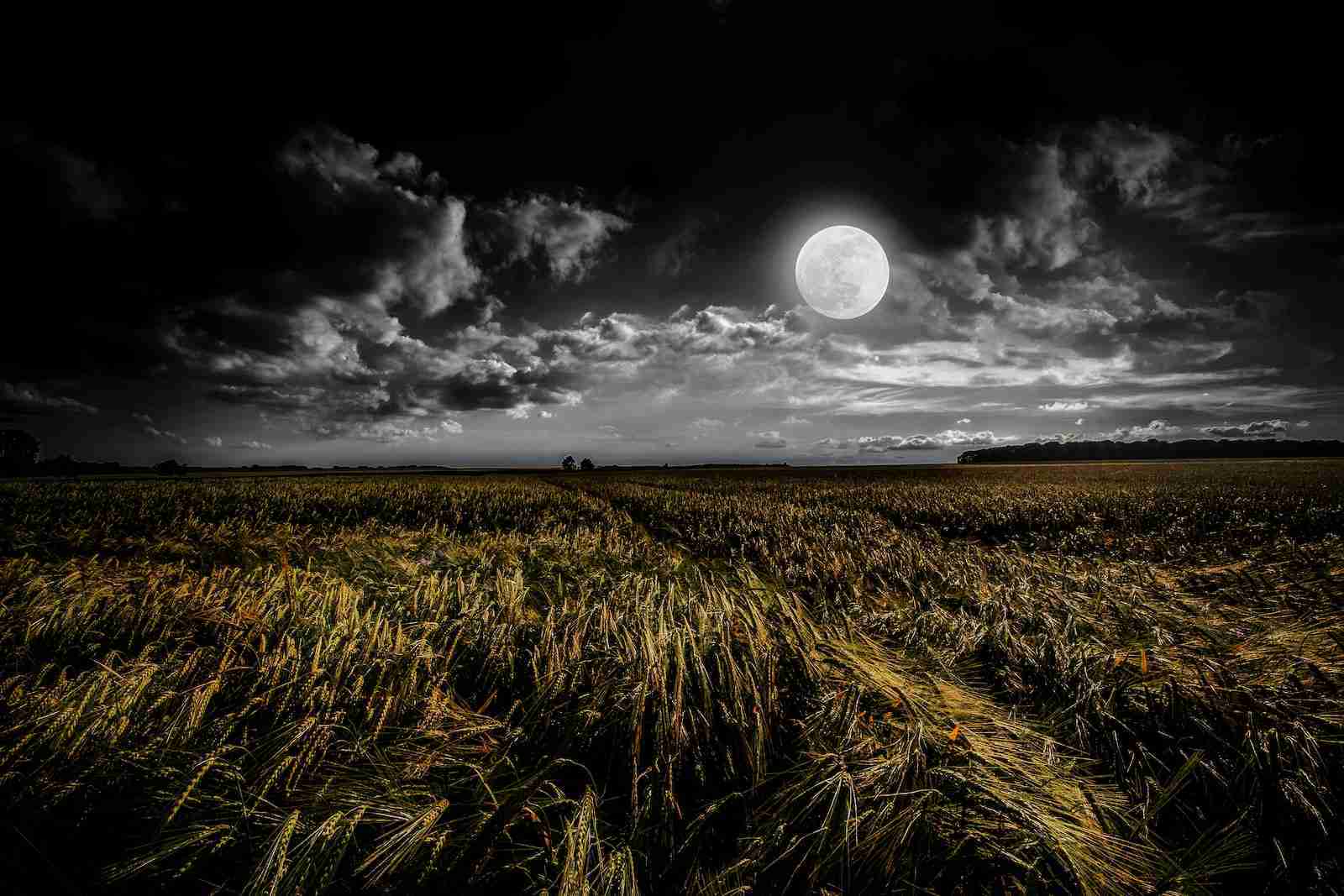25 Fun Facts About Moon | Lunar Secrets Revealed
1. The Moon’s diameter is about 1/4th of Earth’s.
The Moon is pretty sizable when compared to Earth. It’s about 1/4th the diameter of our planet. This fact places it as the fifth-largest moon in the entire solar system.
Just imagine, out of countless moons out there, ours ranks fifth in size.
2. Similar to earthquakes, Moonquakes occur on the Moon’s surface.
You’ve heard of earthquakes, right? But did you know the Moon has its version called Moonquakes?
That’s right. Just like our Earth trembles, the Moon’s surface shakes from time to time. Think of it as the Moon’s way of letting off some steam.
3. The Moon’s crust is thicker on the far side than the near side.
The Moon has an interesting secret. Its crust is not uniform in thickness. When you look up, the side facing us has a thinner crust.
But the far side, the one we don’t see, is thicker. It’s like the Moon’s hiding a sturdy back from our view.
4. The Moon lacks an atmosphere, so it is unable to carry sound.
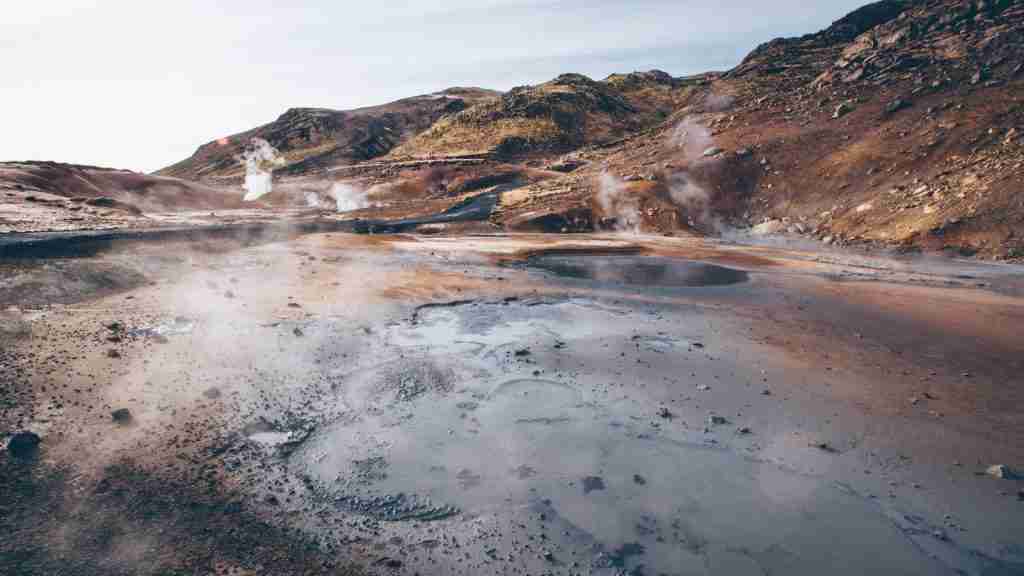
Do you know how we chat and hear sounds on Earth? Well, that’s thanks to our atmosphere. The Moon, on the other hand, doesn’t have one.
This means if you yelled up there, not a peep would be heard. Sound just can’t travel without an atmosphere to carry it.
5. The Moon’s gravitational influence causes Earth’s ocean tides.
Ever watched the waves at the beach and wondered about the tides? Well, the Moon plays a big role in that.
Its gravitational pull tugs at our oceans, creating those highs and lows. So, next time you’re at the shore, maybe send a quiet thanks to our lunar neighbor up above.
6. The Moon’s surface has plains called maria, which means seas in Latin.
When you gaze at the Moon, you might see some darker patches. These aren’t moon puddles. They’re plains called Maria.
The name means seas in Latin. Even though they’re not filled with water, early astronomers named them so because they looked like vast, calm seas from afar.
7. The Moon has mountain ranges, some taller than those on Earth.
When you think of mountains, Earth might be the first thing that comes to mind. But did you know the Moon has its own peaks?
And some of them are even taller than ours. It’s a surprise, but our glowing neighbor in the sky has its own majestic ranges to boast about.
8. The Moon’s South Pole has a region called the Aitken Basin, one of the largest known impact craters.
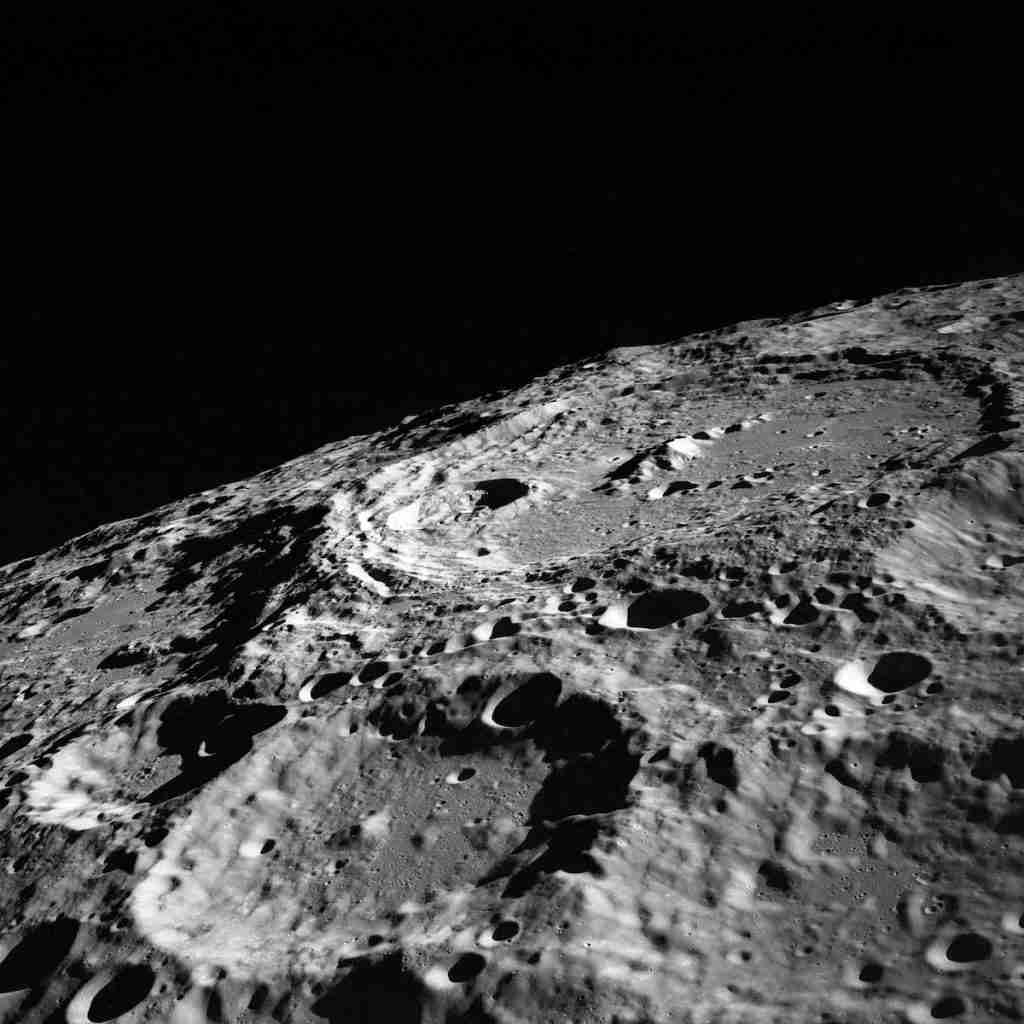
Let’s talk about the Moon’s South Pole. There’s this enormous region called the Aitken Basin. Imagine a crater so big it’s one of the largest known impact craters anywhere.
That’s a pretty huge dent, right? It makes you wonder about the kind of cosmic collision that caused it.
9. The Moon’s temperature can swing from -208°C to 120°C, which is one of the fun facts about Moon.
The Moon’s temperatures are truly wild. Near its equator, during the day, things can heat up to a scorching 250°F (120°C). But when night falls? It’s a whole different story.
The mercury drops to a freezing -208°F (-130°C). And if you think that’s cold, the Moon’s poles are even more frigid. So, from boiling hot to icy cold, the Moon has some extreme weather contrasts.
10. The Moon moves about 3.8 cm away from Earth each year.
Imagine having a friend who takes a tiny step back from you each year. That’s what the Moon’s doing. Every year, it drifts about 3.8 cm away from Earth.
It might not sound like much, but over millions of years, that distance adds up.
11. The Moon is egg-shaped, with the larger end pointing towards Earth.
When picturing the Moon, a perfect circle might come to mind. But surprise. The Moon is more like an egg in shape.
And guess what? The bigger end of this egg is always pointing towards us, here on Earth. It’s like the Moon’s giving us its best side every time.
12. The Moon possesses water ice, discovered at its poles.
Now, here’s a cool tidbit. The Moon isn’t just rocks and dust. It’s got water and ice. Where, you ask? Right at its poles.
Finding water ice there was a big deal, making us rethink what we know about our closest celestial neighbor. Who would’ve thought the dry-looking Moon held such a watery secret?
13. The Moon’s far side, unseen from Earth, was first photographed in 1959 by a Soviet satellite.
Did you know there’s a part of the Moon we can’t see from Earth? But on October 7, 1959, this changed. The Soviet probe Luna 3 snapped the first-ever photos of the Moon’s hidden side.
Out of the images it took, eighteen were clear enough to show details, revealing a third of the Moon’s elusive face. Talk about a lunar photo session.
14. The Moon was likely formed after a body the size of Mars collided with Earth.
Ever wonder how the Moon came to be? There’s a fascinating theory about that. Picture a massive collision something as big as Mars smashing into Earth.
The debris from this gigantic impact has come together to form the Moon. It’s like a dramatic origin story for our lunar buddy.
15. Moon dust is extremely fine and sticks to everything, causing challenges for astronauts.
Walking on the Moon isn’t just about leaving footprints. There’s this Moondust or lunar soil, that’s super fine finer than powdered sugar. And it sticks to, well, everything. Astronauts learned this the hard way.
Their suits, equipment, you name it, got covered in this clingy dust. It’s like the Moon’s sneaky way of leaving a mark on its visitors.
16. The Moon has a very thin exosphere made up of some unusual gases.
The atmosphere of the moon, having a density of just 100 molecules per cubic centimeter, primarily consists of helium, neon, argon, and hydrogen.
There are also traces of other elements like ammonia, methane, potassium, sodium, and carbon dioxide present in it.
17. Traditionally, there are 290 moons recognized.
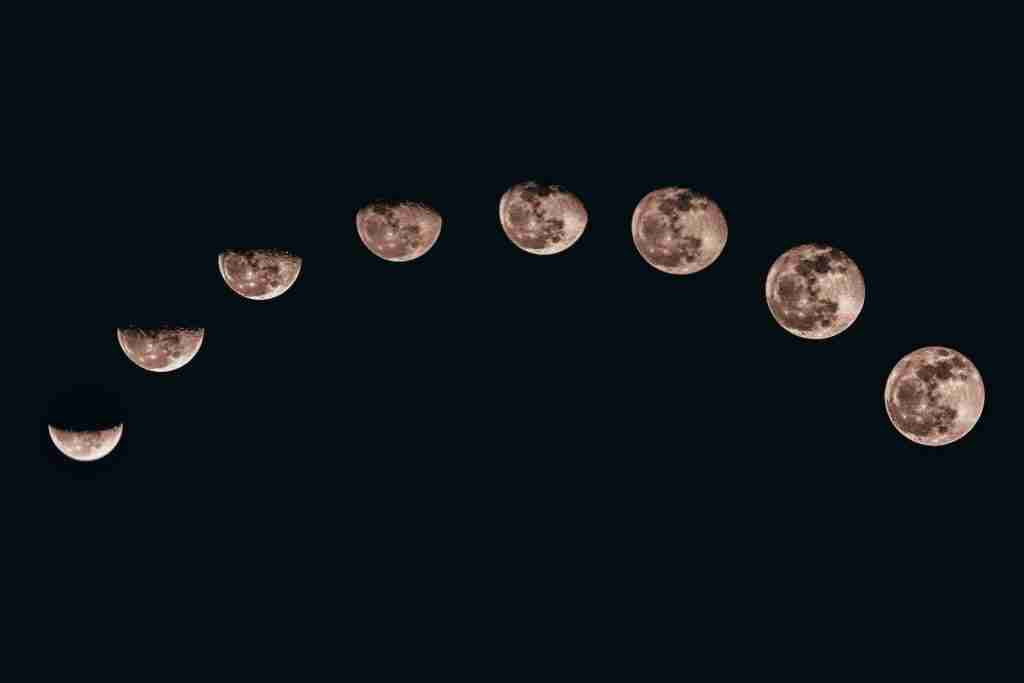
Traditionally, when we tally up the moons in our solar system, the number stands at 290. Here’s a breakdown Neither Mercury nor Venus has any moons. Earth has one the one we’re all familiar with. Mars boasts two moons.
Meanwhile, the gas giant Jupiter impressively has 95 moons orbiting it. Saturn, not far behind, has 146.
Uranus and Neptune have a more modest count with 27 and 14 moons, respectively. And lastly, even though Pluto is categorized as a dwarf planet, it still has 5 moons of its own.
18. The Moon’s surface area is less than the continent of Asia.
When we think about how vast the Moon looks in the night sky, it might surprise you to learn that its entire surface area is actually smaller than the continent of Asia.
Yes, the expansive lands of Asia cover more ground than the surface of our nearest celestial neighbor.
19. The Moon does not produce its own light but reflects sunlight.
Ever wondered why the Moon shines so brightly at night? Well, it’s not because it has its own light. Instead, it’s like a giant mirror.
The Moon simply reflects the sunlight it receives, acting as a nighttime torch for us here on Earth.
20. One of the fun facts about Moon is that the Moon completes its orbit around Earth in 27.3 days.
The Moon and Earth have a unique dance in space. As we go about our days and nights, the Moon is on its journey too.
It takes the Moon approximately 27.3 days to make a full orbit around our planet. That’s almost a month of circling Earth.
21. What if the Moon suddenly disappeared?
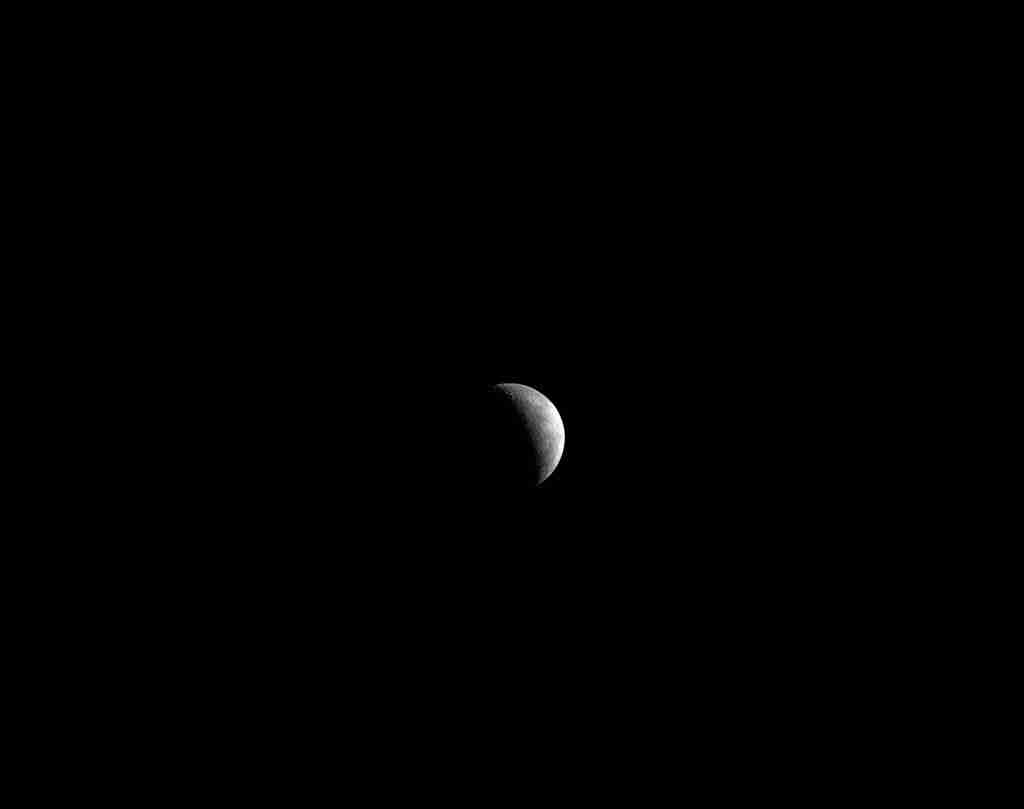
Imagine if the Moon suddenly disappeared from our sky. It’s not just our nights that would be darker. The pull of the Moon’s gravity on Earth not only stabilizes our planet’s tilt but also significantly influences our tides.
Without the Moon, Earth’s tides would change drastically, becoming much milder.
Moreover, without the Moon to stabilize our tilt, we could go from having no tilt (resulting in no seasons) to extreme tilts that could bring about severe weather and potential ice ages.
So, the Moon plays a more vital role in our life on Earth than we might realize at first glance.
22. Neil Armstrong’s footprints on the Moon could last millions of years due to the lack of wind.
Neil Armstrong’s footprints, those iconic marks he made on the Moon’s surface, might just stay put for an incredibly long time we’re talking millions of years.
Why? It’s all because the Moon doesn’t have any wind to sweep them away. So, in the stillness of the lunar landscape, those footprints could become a lasting testament to humanity’s giant leap.
23. The Moon’s gravity is about 1/6th as powerful as Earth’s gravity.
Ever wondered about the weight difference on the Moon? It’s not magic, but gravity at play. The Moon’s gravitational force is only about 1/6th as strong as Earth’s.
So, if you were on the Moon, you’d feel much lighter. It’s one of the reasons astronauts can take those big, bouncy steps when they’re exploring its surface.
24. The Moon is the only celestial body beyond Earth where humans have set foot.
The Moon holds a unique distinction in the vast cosmos it’s the sole celestial body outside of Earth that humans have ever visited.
Imagine that out of all the stars and planets, the Moon became our one and only extraterrestrial destination. It’s a remarkable feat that forever ties us to that distant, silvery orb in the night sky.
25. Scientists found rust on the Moon, puzzling as rust requires oxygen and water.
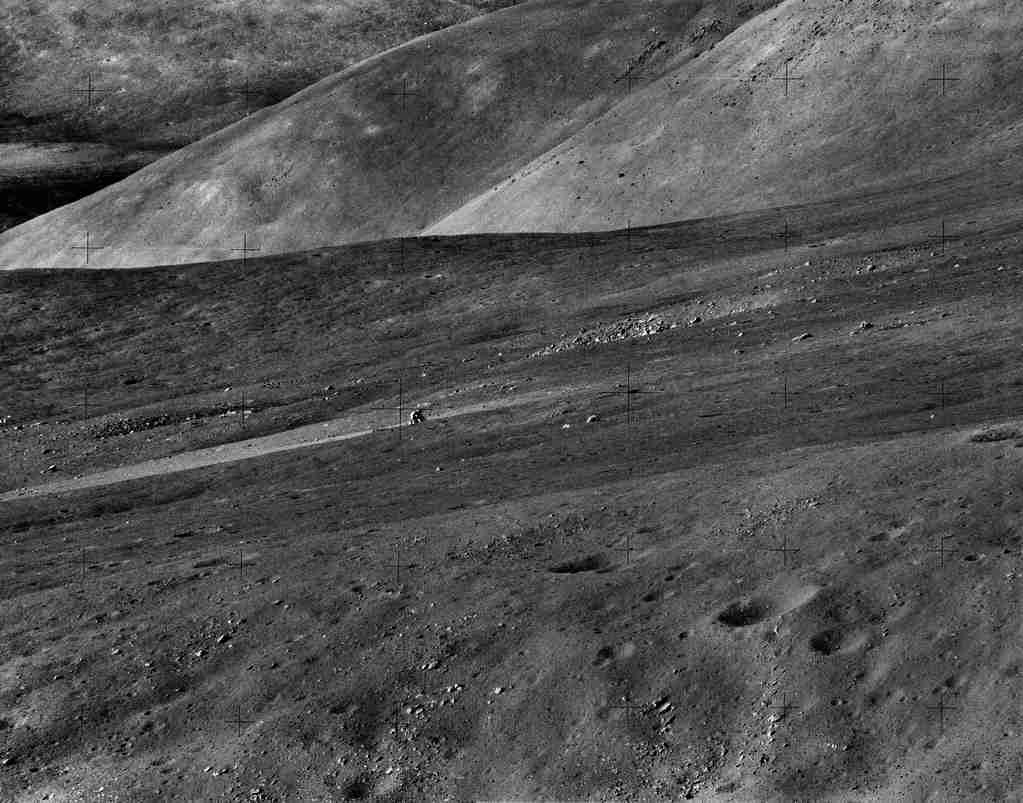
In a twist that puzzled scientists, traces of rust have been discovered on the Moon’s surface. The puzzling part? Rust typically forms when iron reacts with oxygen and water.
Yet, the Moon is known for its lack of substantial oxygen or liquid water presence, which is one of the fun facts about Moon. This unexpected finding challenges our understanding of the Moon’s history and raises intriguing questions about the processes at play on our lunar neighbor.
FAQs
The Moon rises and sets just like the Sun, but its schedule varies. Typically, a New Moon rises at sunrise and sets at sunset. A Full Moon, on the other hand, rises at sunset and sets at sunrise. The exact times of moonrise and moonset depend on geographic location.
When the Moon covers the Sun, it results in a solar eclipse. This celestial event happens when the Moon aligns directly between the Earth and the Sun, casting its shadow on Earth. Solar eclipses are relatively rare and come in different forms, including total, partial, and annular, depending on the alignment and distance between the three bodies. A solar eclipse occurs when the Moon passes directly between the Earth and the Sun, blocking the Sun’s light. This alignment typically happens during a New Moon phase when the Moon and the Sun are on the same side of Earth.
Yes, you can often see the Moon during the day. The Moon orbits Earth, and its position relative to the Earth and Sun can make it visible in the daytime sky. When the Moon is in its waxing or waning phases, it’s especially common to see it during daylight hours. The brightness of the daytime sky might make the Moon appear fainter, but with a clear sky and the right phase, it’s quite noticeable.
The Moon doesn’t produce its own light. Instead, it reflects the light of the Sun. When we see the Moon shining in the night sky, we are actually seeing the sunlight that’s been reflected off the lunar surface.
The Moon is believed to have formed about 4.5 billion years ago, shortly after the formation of the solar system. The prevailing theory, known as the Giant Impact Hypothesis, suggests that the Moon formed as a result of a collision between the early Earth and a Mars-sized celestial body named Theia.

